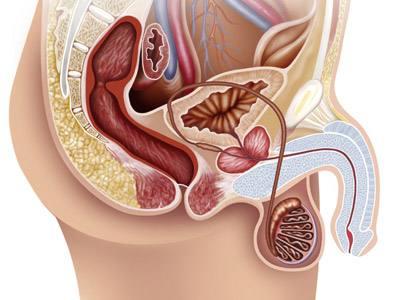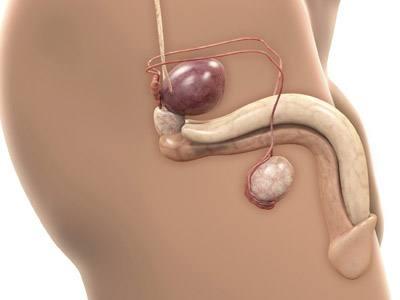Symptoms of bladder neck obstruction?
summary
Bladder neck obstruction is also known as bladder neck sclerosis. The etiology and pathogenesis of bladder neck obstruction are complex, and there is no unified understanding at present. It may be fibrous tissue hyperplasia of bladder neck, muscle hypertrophy of bladder neck, sclerosis caused by chronic inflammation and hyperplasia of periurethral glands caused by hormone imbalance in elderly women? Let's talk about it.
Symptoms of bladder neck obstruction?
1. the main symptoms were progressive dysuria, characterized by delayed urination, poor urine flow, dysuria, urine dripping, and gradually * residual urine, urinary retention, and urinary incontinence.

2. Bladder neck palpation. Touching the bladder neck through vagina can feel the thickening of neck tissue in different degrees, especially when indwelling catheter in urethra.

3. Female urethral syndrome is more common in married young and middle-aged women. Some patients have dysuria. Mucosal edema, urethral secretion, urethral caruncle, urethral hymen fusion and hymen umbrella can be seen at the external orifice of urethra. Urodynamic examination showed overactive bladder, bladder weakness, distal urethral constriction and increased urethral pressure.

matters needing attention
The etiology of bladder neck obstruction is still unclear. At present, the main reason is chronic urethral infection. Urinary tract infection is closely related to female urethral anatomy, endocrine disorders and drinking habits. Therefore, if there is urinary tract infection, antibiotics should be selected as effective as possible to control infection. As soon as Kwai is invalid, the operation should be performed as soon as possible to protect kidney function.













